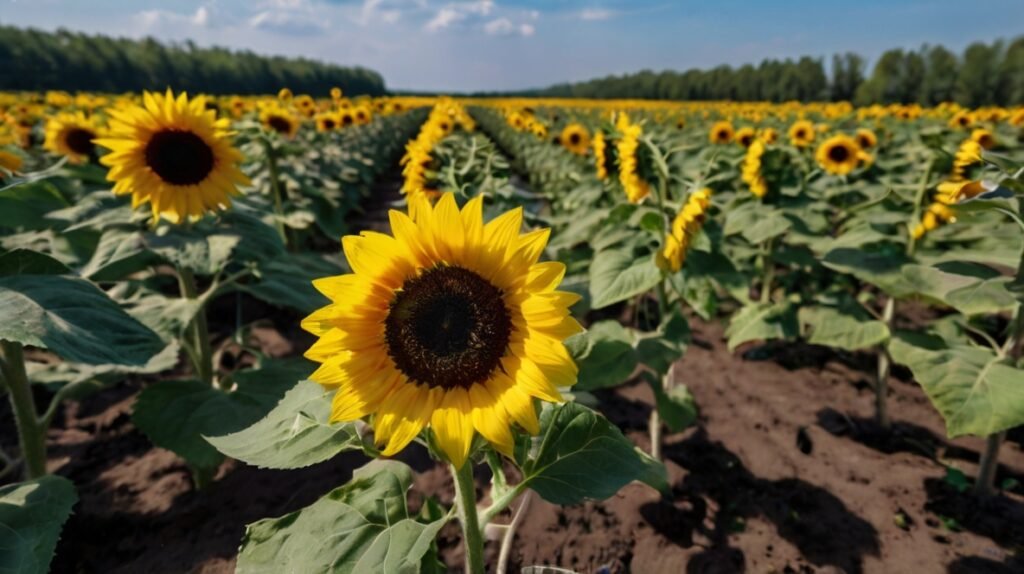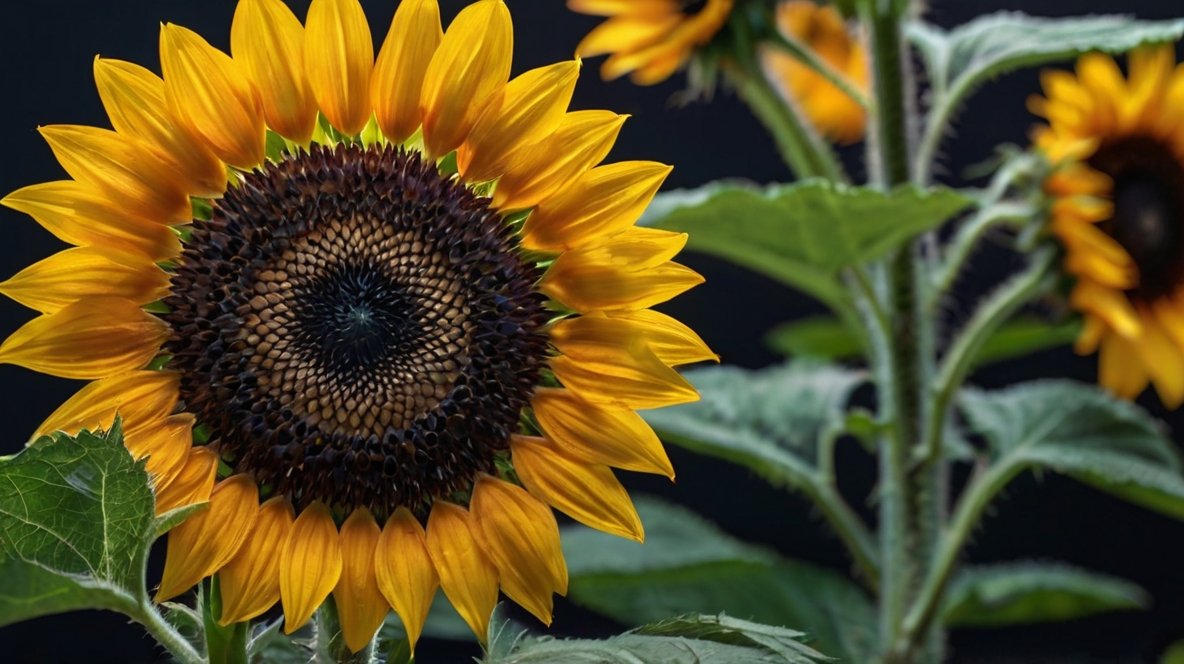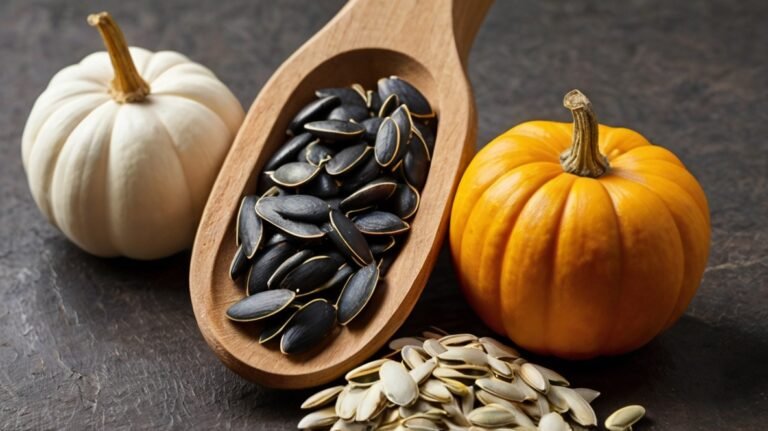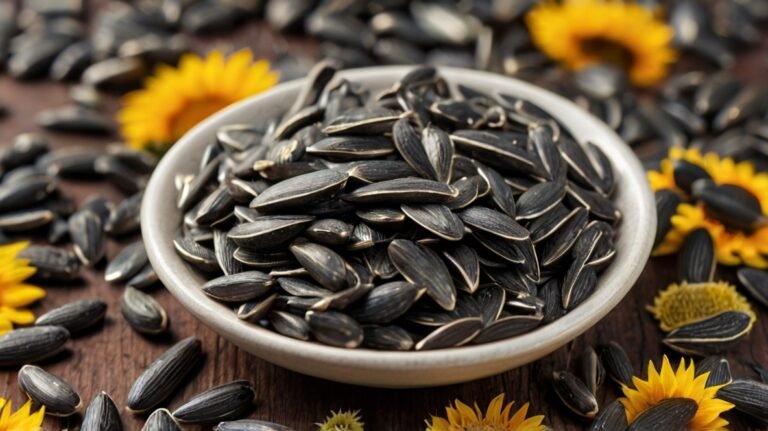As China's premier sunflower seed supplier since 2014, XingYi Trading understands the importance of keeping your sunflower seeds free from mold and pests. Whether you're storing our Premium 363 Sunflower Seeds or any other variety, this comprehensive guide will help you protect your seeds from unwanted invaders and maintain their premium quality.

The Importance of Mold and Pest Prevention
Before we dive into prevention techniques, let's understand why protecting your sunflower seeds is crucial:
- Preserves seed quality and flavor
- Maintains nutritional value
- Ensures food safety
- Extends shelf life
- Prevents financial losses
At XingYi Trading, we prioritize stringent quality control to deliver the best seeds. Let's explore how you can maintain this quality during storage.
Understanding the Enemies: Mold and Pests
Common Molds in Sunflower Seeds
| Mold Type | Appearance | Conditions Favoring Growth |
|---|---|---|
| Aspergillus | Green or black spots | High humidity, warm temperatures |
| Penicillium | Blue or green fuzzy growth | Moisture, cool temperatures |
| Fusarium | Pink or white patches | High moisture, moderate temperatures |
Common Pests in Sunflower Seeds
- Indian meal moths
- Cigarette beetles
- Sawtoothed grain beetles
- Rodents (mice and rats)
Learn more about sunflower seed varieties and how their characteristics may affect susceptibility to mold and pests.
Moisture Control: The Key to Mold Prevention
Controlling moisture is crucial in preventing mold growth. Here's how to keep your seeds dry:
- Store seeds at 6-8% moisture content
- Use airtight containers to prevent ambient moisture absorption
- Add food-grade desiccant packets to absorb excess moisture
- Avoid storing seeds in damp areas like basements or near sinks
Our Premium Tongqing No. 6 Sunflower Seeds are processed to optimal moisture levels, giving you a head start in mold prevention.
Temperature Management: Keeping Mold and Pests at Bay
Proper temperature control can deter both mold growth and pest infestations:
Ideal Temperature Ranges
| Storage Duration | Recommended Temperature |
|---|---|
| Short-term (1-3 months) | 60-70°F (15-21°C) |
| Long-term (3+ months) | 40-50°F (4-10°C) |
Temperature Strategies
- Use cool, dry storage areas
- Avoid temperature fluctuations
- Consider refrigeration for long-term storage
- Monitor storage area temperature with a digital thermometer
Check out our guide on storing sunflower seeds for more detailed temperature management tips.
Proper Packaging: Your First Line of Defense
Choosing the right packaging is crucial for preventing both mold and pests:
- Use airtight containers or vacuum-sealed bags
- Opt for thick, puncture-resistant materials
- Consider mylar bags with oxygen absorbers for long-term storage
- Inspect packaging regularly for damage or signs of infestation
Our Premium 361 Sunflower Seeds come in protective packaging, but additional measures can provide extra security.
Cleanliness and Sanitation: Preventing Infestations
Maintaining a clean storage environment is key to pest prevention:
- Clean storage areas thoroughly before use
- Vacuum or sweep regularly to remove food debris
- Wipe down shelves and containers with food-safe disinfectant
- Dispose of any infested seeds immediately to prevent spread
Learn about our sunflower seed processing methods that ensure cleanliness from the start.
Natural Pest Deterrents: Chemical-Free Solutions
Consider these natural methods to deter pests:
- Bay leaves: Place whole bay leaves in storage containers
- Diatomaceous earth: Sprinkle around storage areas (food-grade only)
- Neem leaves: Add dried neem leaves to storage containers
- Essential oils: Use cedar, peppermint, or eucalyptus oil on cotton balls near storage areas
Monitoring and Early Detection: Stay Vigilant
Regular checks can help catch problems early:
- Inspect seeds monthly for signs of mold or pests
- Look for webbing, droppings, or unusual odors
- Use pheromone traps to detect insect activity
- Implement a first-in, first-out (FIFO) rotation system
Explore our sunflower seed products to find varieties that best suit your storage capabilities.
Special Considerations for Different Environments
Different climates and storage locations may require specific strategies:
Humid Climates
- Use dehumidifiers in storage areas
- Consider climate-controlled storage units
- Use moisture-absorbing products like silica gel packets
Cold Climates
- Protect seeds from freezing temperatures
- Be cautious of condensation when moving seeds between temperatures
- Use insulated storage containers
Organic vs. Conventional Seeds: Pest Prevention Differences
| Aspect | Organic Seeds | Conventional Seeds |
|---|---|---|
| Chemical treatments | Not allowed | May be treated with fungicides or pesticides |
| Natural resistance | May have stronger natural defenses | May rely more on external treatments |
| Storage lifespan | Generally shorter | May have longer shelf life due to treatments |
Learn more about our organic sunflower seed options and their specific storage requirements.
Emergency Measures: When Prevention Fails
If you detect mold or pests despite your best efforts:
- Isolate affected seeds immediately
- For minor infestations, freeze seeds for 48-72 hours to kill pests
- For mold, discard affected seeds to prevent spread
- Clean and disinfect storage areas and containers thoroughly
- Reassess your storage methods and environment
The Role of Professional Storage Solutions
For large-scale storage, consider professional options:
- Climate-controlled warehousing
- Fumigation services
- Regular pest control inspections
- Bulk storage silos with moisture and temperature monitoring
At XingYi Trading, we use advanced sorting and cleaning technologies to ensure our seeds start pest-free before they reach you.
Conclusion: Mastering Mold and Pest Prevention
By implementing these strategies, you can significantly reduce the risk of mold and pest issues in your sunflower seed storage. Remember, prevention starts with high-quality seeds, so always choose XingYi Trading for the best sunflower seeds available.
Ready to stock up on premium, pest-resistant sunflower seeds? Explore our product range and experience the XingYi Trading difference today!







